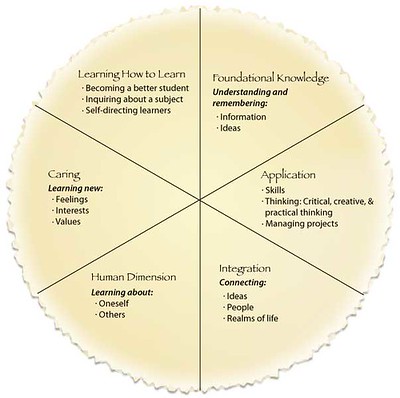We’ve all been hearing lots of terms being bantered about related to instruction. Face-to-face and online are fairly common and well understood, but the term hybrid gets bandied about so much that its true meaning is often hard to infer. So, let’s set the record straight on hyrbid learning.

Hybrid or Blended
First off, let’s just call out the elephant in the room – the terms hybrid and blended often get used interchangeably which can be confusing. This is even true in the literature, making it hard to establish common ground. After much digging, I arrived at the following definitions. In a broad sense, they both involve the integration of technology with traditional instructional methods. I would differentiate the two by saying blended learning is the use of digital technology to provide online access to materials, allowing students some agency in how they when, and how they learn. Hybrid learning, however, refers to courses where a portion of seat time is reduced and replaced with online activities that provide “regular and substantive interaction” with the instructor.
Regular and Substantive What?
Our accreditation requires us to provide students with approximately 1 hour of instruction per credit, resulting in 3 hours of instruction. In a hybrid course, you reduce seat time in your course, meaning students have fewer opportunities to learn from you, the instructor, in class. Therefore, you need to build opportunities that provide substantive interaction with your student. So what does that look like, you ask? Substantive interaction could look like:
- direct instruction
- substantial feedback on coursework
- facilitating a group discussion
- responding to course questions
There are a few other ways that you can provide this interaction, but these are the most common ways. You could also provide instructional videos for students. Anything where you are actively engaging with students in the class.

Timing is Essential
The research indicates that students prefer hybrid classes because the design intentionally builds in opportunities for students to engage in learning asynchronously. Hybrid courses provide students who have busy lives the opportunity to budget their own time and take control of their learning. As you design your hybrid course, remember that successful hybrid program provides students with that flexibility. Ideally, standard due dates, such as all work for the week being due on Tuesday, is a good way to support students in a hybrid learning environment.
Next Article – Part 2
Next week, I’ll look at instructional strategies to employ when designing a hybrid course, along with a few resources that can make your life easier!


